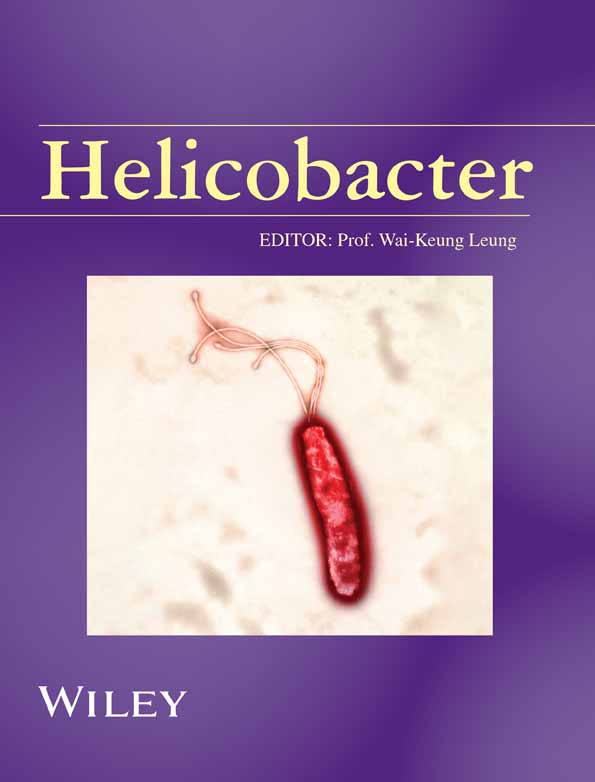Authors' Reply to the Letter on “Is Tailored Bismuth Quadruple Therapy (With Clarithromycin or Furazolidone) Based on Fecal Molecular Susceptibility Testing in First-Line Helicobacter pylori Eradication Treatment More Effective? A Three-Arm, Multicenter Randomized Clinical Trial”
ABSTRACT
We appreciate the valuable comments and thoughtful critique offered by the reader regarding our study on tailored bismuth quadruple therapy based on fecal molecular susceptibility testing in first-line Helicobacter pylori eradication. In our response, we have sought to clarify the methodological rationale underlying our statistical analysis and terminology usage, particularly regarding superiority and non-inferiority testing. We have also addressed concerns regarding assessing prior macrolide exposure, outlining the practical considerations that informed our study design. We trust that our clarifications will help to elucidate the study's context and findings further, and we welcome continued academic dialogue on this important topic.
Open Research
Data Availability Statement
The data that support the findings of this study are available from the corresponding author upon reasonable request.




